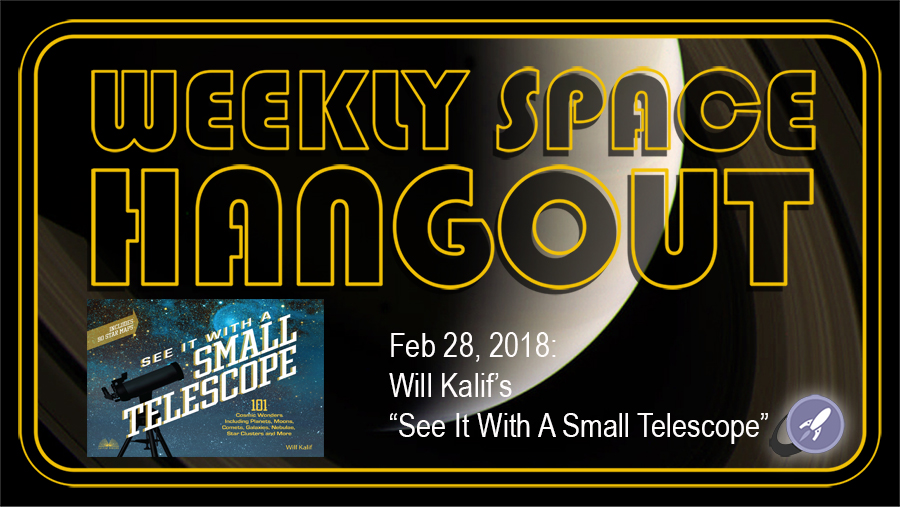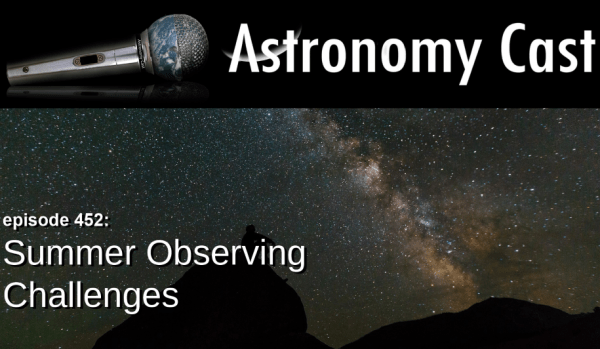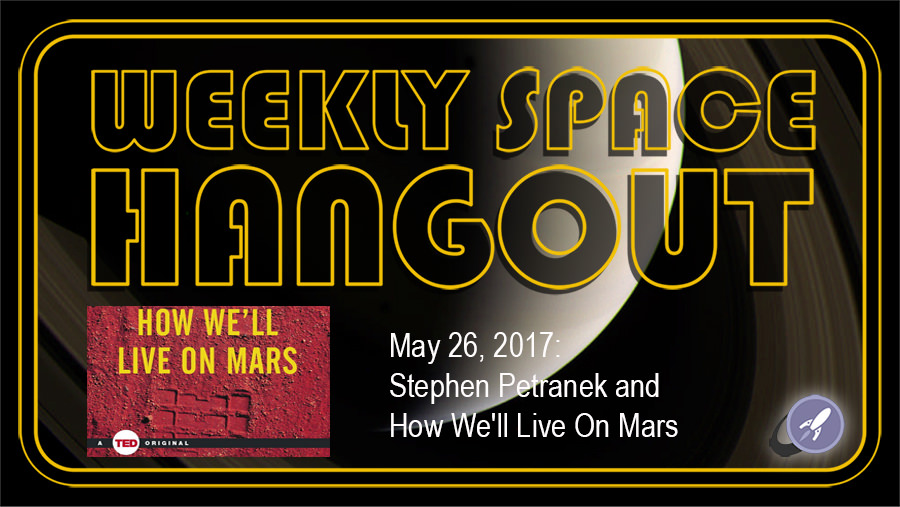South America, especially the Atacama Desert in Chile has become one of the best places in the world to put a telescope. It’s dry, high, and the nights are clear. Today we’ll talk about the monster telescopes already in operation in this region, and the big ones coming soon.
Continue reading “Ep. 530: Astronomy of the Andes: Then and Now, Pt. 2”
Meet WFIRST, The Space Telescope with the Power of 100 Hubbles
WFIRST ain’t your grandma’s space telescope. Despite having the same size mirror as the surprisingly reliable Hubble Space Telescope, clocking in at 2.4 meters across, this puppy will pack a punch with a gigantic 300 megapixel camera, enabling it to snap a single image with an area a hundred times greater than the Hubble.
With that fantastic camera and the addition of one of the most sensitive coronagraphs ever made – letting it block out distant starlight on a star-by-star basis – this next-generation telescope will uncover some of the deepest mysteries of the cosmos.
Oh, and also find about a million exoplanets.
Continue reading “Meet WFIRST, The Space Telescope with the Power of 100 Hubbles”Astronomy Cast Ep. 512: Direct Imaging of Exoplanets
Finding planets is old news, we now know of thousands and thousands of the places. But the terrible irony is that we can only see a fraction of the planets out there using the traditional methods of radial velocity and transits. But the new telescopes will take things to the next level and image planets directly.
We usually record Astronomy Cast every Friday at 3:00 pm EST / 12:00 pm PST / 20:00 PM UTC. You can watch us live on AstronomyCast.com, or the AstronomyCast YouTube page.
Visit the Astronomy Cast Page to subscribe to the audio podcast!
If you would like to support Astronomy Cast, please visit our page at Patreon here – https://www.patreon.com/astronomycast. We greatly appreciate your support!
If you would like to join the Weekly Space Hangout Crew, visit their site here and sign up. They’re a great team who can help you join our online discussions!
Want to support CosmoQuest? Here are specific ways you can help:
* Donate! (Streamlabs link) https://streamlabs.com/cosmoquestx
* Buy stuff from our Redbubble https://www.redbubble.com/people/cosmoquestx
* Help us find sponsors by sharing our program and fundraising efforts through your networks
* Become a Patreon of Astronomy Cast https://www.patreon.com/astronomycast
* Sponsor 365 Days of Astronomy http://bit.ly/sponsor365DoA
* A combination of the above!
New SPECULOOS Telescope Sees First Light. Soon it’ll be Seeing Habitable Planets Around Ultra-Cool Stars

Our newest planet-hunting telescope is up and running at the ESO’s Paranal Observatory in the Atacama Desert in Chile. SPECULOOS, which stands for Planets EClipsing ULtra-cOOl Stars, is actually four 1-meter telescopes working together. The first images from the ‘scopes are in, and though it hasn’t found any other Earths yet, the images are still impressive.
Astronomy Cast Ep. 508: 2018 Holiday Gift Guide
We did it, we made it to the end of another year. Once again it’s time to wonder what gifts to get your beloved space nerds. We’ve got some suggestions. Some are brand new this year, others are classics that we just can’t help but continue to suggest. Let’s get into it.
We usually record Astronomy Cast every Friday at 3:00 pm EST / 12:00 pm PST / 20:00 PM UTC. You can watch us live on AstronomyCast.com, or the AstronomyCast YouTube page.
Visit the Astronomy Cast Page to subscribe to the audio podcast!
If you would like to support Astronomy Cast, please visit our page at Patreon here – https://www.patreon.com/astronomycast. We greatly appreciate your support!
If you would like to join the Weekly Space Hangout Crew, visit their site here and sign up. They’re a great team who can help you join our online discussions!
Want to support CosmoQuest? Here are specific ways you can help:
* Donate! (Streamlabs link) https://streamlabs.com/cosmoquestx
* Buy stuff from our Redbubble https://www.redbubble.com/people/cosmoquestx
* Volunteer for our Hangout-a-thon either to promote, provide a
giveaway, or to come on as a guest https://goo.gl/forms/XSm1yi0PKOM166m12
* Help us find sponsors by sharing our program and fundraising efforts through your networks
* Become a Patreon of Astronomy Cast https://www.patreon.com/astronomycast
* Sponsor 365 Days of Astronomy http://bit.ly/sponsor365DoA
* A combination of the above!
Carnival of Space #583
Welcome to the 583rd Carnival of Space! The Carnival is a community of space science and astronomy writers and bloggers, who submit their best work each week for your benefit. We have a fantastic roundup today so now, on to this week’s worth of stories!
Continue reading “Carnival of Space #583”
Weekly Space Hangout: Feb 28, 2018: Will Kalif’s “See It With A Small Telescope”
Hosts:
Fraser Cain (universetoday.com / @fcain)
Dr. Paul M. Sutter (pmsutter.com / @PaulMattSutter)
Dr. Kimberly Cartier (KimberlyCartier.org / @AstroKimCartier )
Dr. Morgan Rehnberg (MorganRehnberg.com / @MorganRehnberg & ChartYourWorld.org)
Special Guests:
Will Kalif is the author of the new amateur astronomy book titled See it With a Small Telescope.
Announcements:
If you would like to join the Weekly Space Hangout Crew, visit their site here and sign up. They’re a great team who can help you join our online discussions!
We record the Weekly Space Hangout every Wednesday at 5:00 pm Pacific / 8:00 pm Eastern. You can watch us live on Universe Today, or the Weekly Space Hangout YouTube page – Please subscribe!
Astronomy Cast Ep. 452: Summer Observing Challenges
Summer is almost here, and for the northern hemisphere, that means warm nights for observing. But what to observe? We’re here with a list of events and targets for you to enjoy over the summer. Get your calendars handy, and start organizing some events with your friends, and then get out there!
Visit the Astronomy Cast Page to subscribe to the audio podcast!
We usually record Astronomy Cast as a live Google+ Hangout on Air every Friday at 1:30 pm Pacific / 4:30 pm Eastern. You can watch here on Universe Today or from the Astronomy Cast Google+ page.
Weekly Space Hangout – May 26, 2017: Stephen Petranek and How We’ll Live On Mars
Host: Fraser Cain (@fcain)
Special Guest:
NAT GEO’s Stephen Petranek is the author of How We’ll Live on Mars (TED Books.) Stephen became a reluctant doomsayer when his earliest TED Talk (10 Ways the World Could End) racked up 1.5 million views. But Petranek is, in fact, an optimist who believes that humanity will escape its predicaments — literally. Within a century, he predicts that humans will have established a city of 80,000 on Mars: and that not only is that plausible, but it’s also inevitable.
Having worked in publishing for four decades — most of it straddling the line with science and technology, Petranek is the former editor-in-chief of Discover magazine, editor of the Washington Post’s magazine, and a renown TED Talk speaker has also given him some unique perspective and insight on the changes that lie ahead and new tools that reflect a potential disruptive shift in how we observe the world around us. Petranek is the editor-in-chief of the Breakthrough Technology Alert, a technology newsletter that ties scientific breakthroughs to investment opportunities.
Guests:
Dr. Kimberly Cartier ( KimberlyCartier.org / @AstroKimCartier )
Nicole Gugliucci (cosmoquest.org / @noisyastronomer)
Paul M. Sutter (pmsutter.com / @PaulMattSutter)
Their stories this week:
Boyajian’s Star is at it again
Q&A about the new dipping event
Familiar Galaxy Shows New Object in the Radio
Gravitational Waves Alter Spacetime?
Defining a new stage of planet formation
We use a tool called Trello to submit and vote on stories we would like to see covered each week, and then Fraser will be selecting the stories from there. Here is the link to the Trello WSH page (http://bit.ly/WSHVote), which you can see without logging in. If you’d like to vote, just create a login and help us decide what to cover!
Announcements:
The WSH recently welcomed back Mathew Anderson, author of “Our Cosmic Story,” to the show to discuss his recent update. He was kind enough to offer our viewers free electronic copies of his complete book as well as his standalone update. Complete information about how to get your copies will be available on the WSH webpage – just visit http://www.wsh-crew.net/cosmicstory for all the details.
If you’d like to join Fraser and Paul Matt Sutter on their Tour to Iceland in February 2018, you can find the information at astrotouring.com.
If you would like to join the Weekly Space Hangout Crew, visit their site here and sign up. They’re a great team who can help you join our online discussions!
We record the Weekly Space Hangout every Friday at 12:00 pm Pacific / 3:00 pm Eastern. You can watch us live on Universe Today, or the Universe Today YouTube page
Rise of the Super Telescopes: Why We Build Them
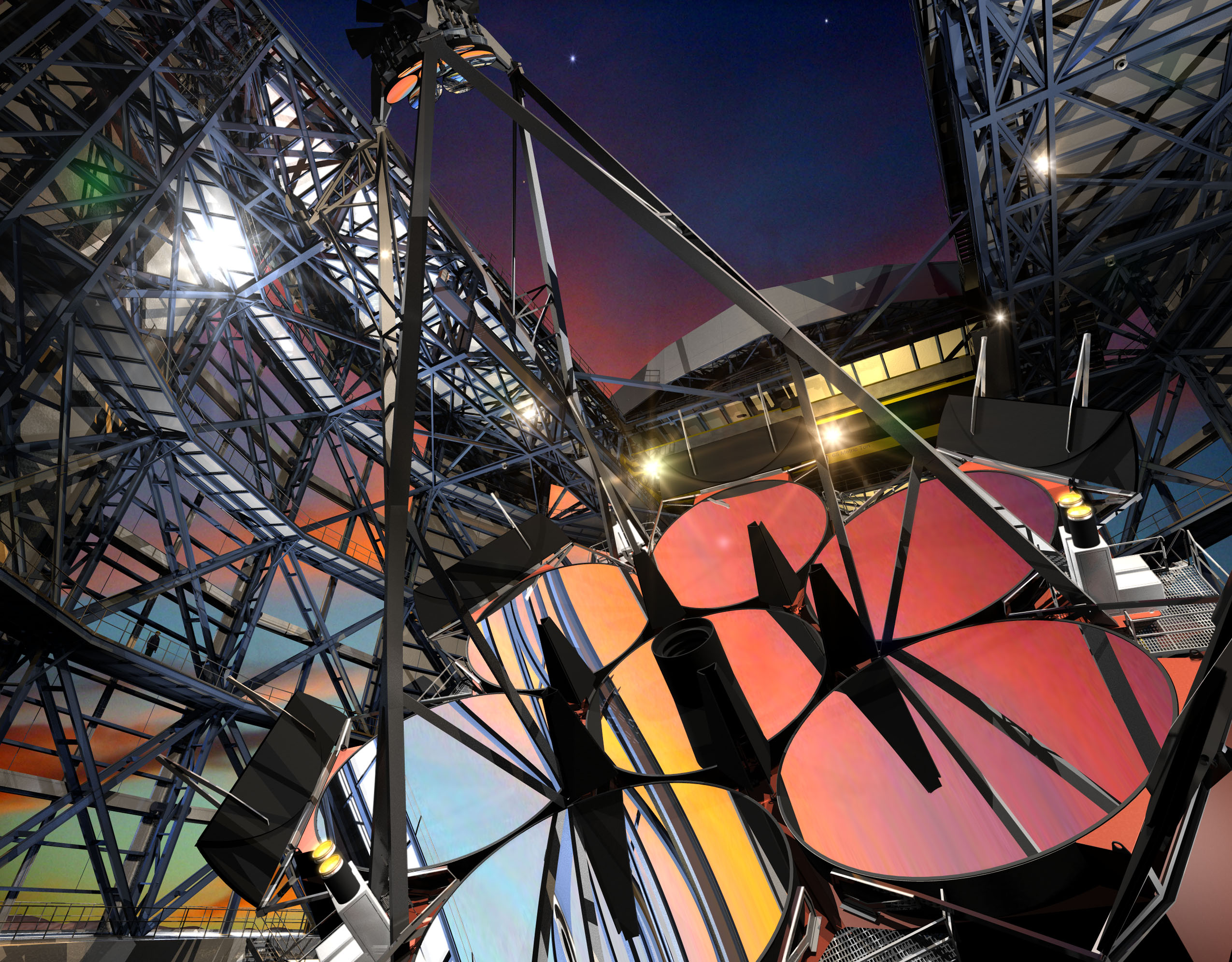
One night 400 years ago, Galileo pointed his 2 inch telescope at Jupiter and spotted 3 of its moons. On subsequent nights, he spotted another, and saw one of the moons disappear behind Jupiter. With those simple observations, he propelled human understanding onto a path it still travels.
Galileo’s observations set off a revolution in astronomy. Prior to his observations of Jupiter’s moons, the prevailing belief was that the entire Universe rotated around the Earth, which lay at the center of everything. That’s a delightfully childish viewpoint, in retrospect, but it was dogma at the time.
Until Galileo’s telescope, this Earth-centric viewpoint, called Aristotelian cosmology, made sense. To all appearances, we were at the center of the action. Which just goes to show you how wrong we can be.
But once it became clear that Jupiter had other bodies orbiting it, our cherished position at the center of the Universe was doomed.
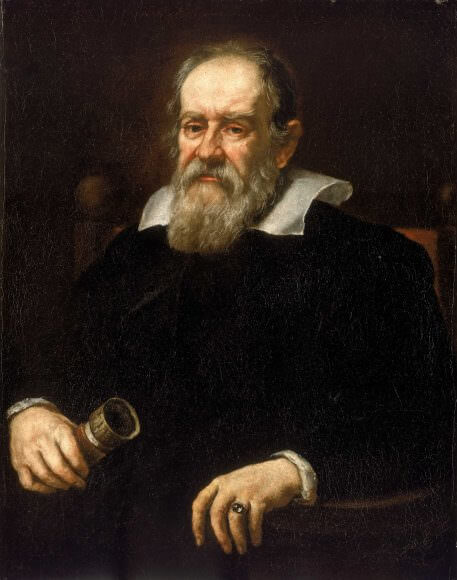
Galileo’s observations were an enormous challenge to our understanding of ourselves at the time, and to the authorities at the time. He was forced to recant what he had seen, and he was put under house arrest. But he never really backed down from the observations he made with his 2 inch telescope. How could he?
Now, of course, there isn’t so much hostility towards people with telescopes. As time went on, larger and more powerful telescopes were built, and we’ve gotten used to our understanding going through tumultuous changes. We expect it, even anticipate it.
In our current times, Super Telescopes rule the day, and their sizes are measured in meters, not inches. And when new observations challenge our understanding of things, we cluster around out of curiosity, and try to work our way through it. We don’t condemn the results and order scientists to keep quiet.
The first of the Super Telescopes, as far as most of us are concerned, is the Hubble Space Telescope. From its perch in Low Earth Orbit (LEO), the Hubble has changed our understanding of the Universe on numerous fronts. With its cameras, and the steady stream of mesmerizing images those cameras deliver, a whole generation of people have been exposed to the beauty and mystery of the cosmos.
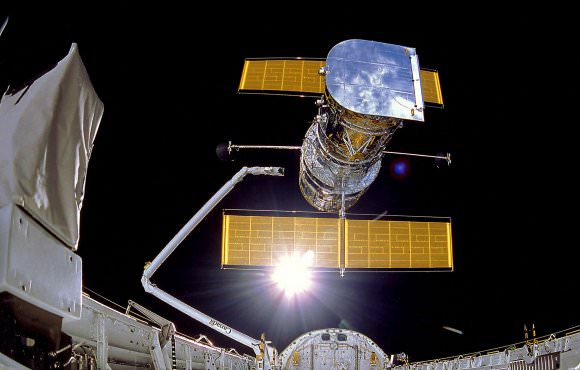
Hubble has gazed at everything, from our close companion the Moon, all the way to galaxies billions of light years away. It’s spotted a comet breaking apart and crashing into Jupiter, dust storms on Mars, and regions of energetic star-birth in other galaxies. But Hubble’s time may be coming to an end soon, and other Super Telescopes are on the way.
Nowadays, Super Telescopes are expensive megaprojects, often involving several nations. They’re built to pursue specific lines of inquiry, such as:
- What is the nature of Dark Matter and Dark Energy? How are they distributed in the Universe and what role do they play?
- Are there other planets like Earth, and solar systems like ours? Are there other habitable worlds?
- Are we alone or is there other life somewhere?
- How do planets, solar systems, and galaxies form and evolve?
Some of the Super Telescopes will be on Earth, some will be in space. Some have enormous mirrors made up of individual, computer-controlled segments. The Thirty Meter Telescope has almost 500 of these segments, while the European Extremely Large Telescope has almost 800 of them. Following a different design, the Giant Magellan Telescope has only seven segments, but each one is over 8 meters in diameter, and each one weighs in at a whopping 20 tons of glass each.
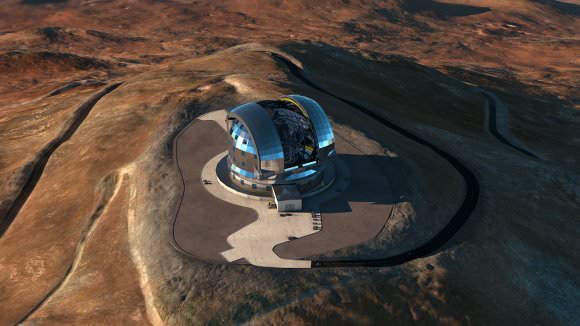
Some of the Super Telescopes see in UV or Infrared, while others can see in visible light. Some see in several spectrums. The most futuristic of them all, the Large Ultra-Violet, Optical, and Infrared Surveyor (LUVOIR), will be a massive space telescope situated a million-and-a-half kilometers away, with a 16 meter segmented mirror that dwarfs that of the Hubble, at a mere 2.4 meters.
Some of the Super Telescopes will discern the finest distant details, while another, the Large Synoptic Survey Telescope, will complete a ten-year survey of the entire available sky, repeatedly imaging the same area of sky over and over. The result will be a living, dynamic map of the sky showing change over time. That living map will be available to anyone with a computer and an internet connection.
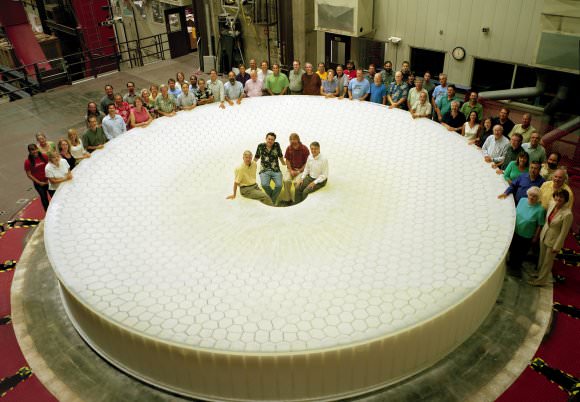
We’re in for exciting times when it comes to our understanding of the cosmos. We’ll be able to watch planets forming around young stars, glimpse the earliest ages of the Universe, and peer into the atmospheres of distant exoplanets looking for signs of life. We may even finally crack the code of Dark Matter and Dark Energy, and understand their role in the Universe.
Along the way there will be surprises, of course. There always are, and it’s the unanticipated discoveries and observations that fuel our sense of intellectual adventure.
The Super Telescopes are technological masterpieces. They couldn’t be built without the level of technology we have now, and in fact, the development of Super Telescopes help drives our technology forward.
But they all have their roots in Galileo and his simple act of observing with a 2-inch telescope. That, and the curiosity about nature that inspired him.



